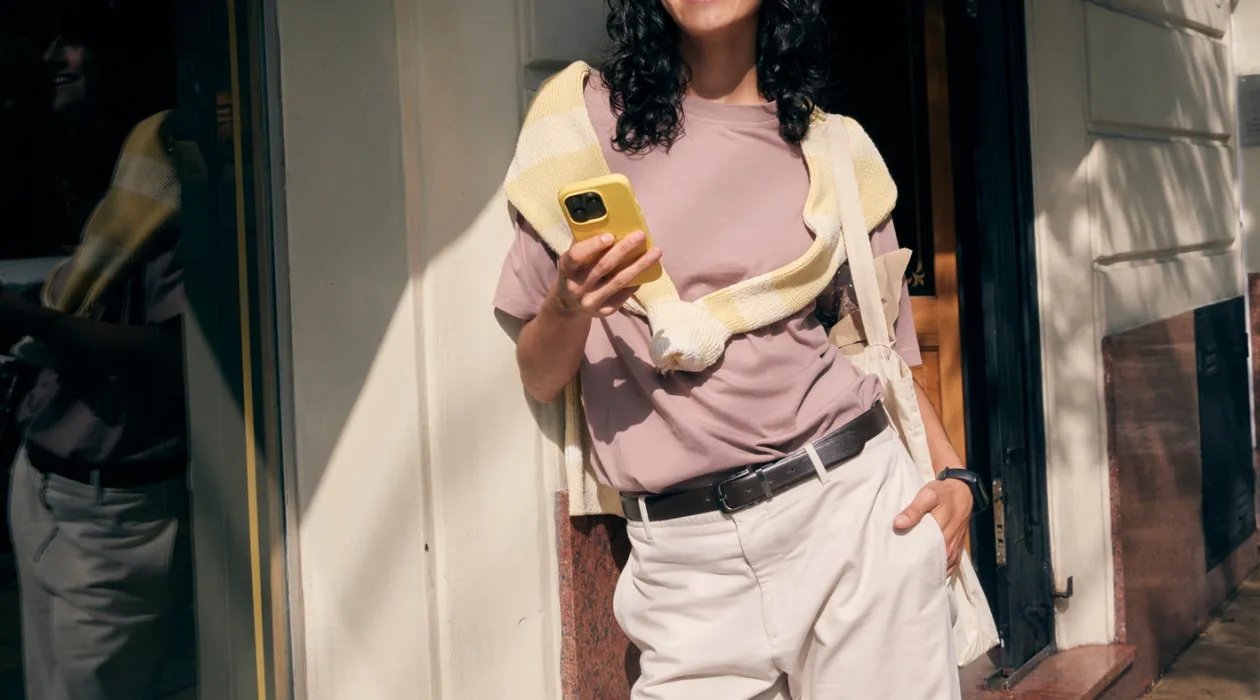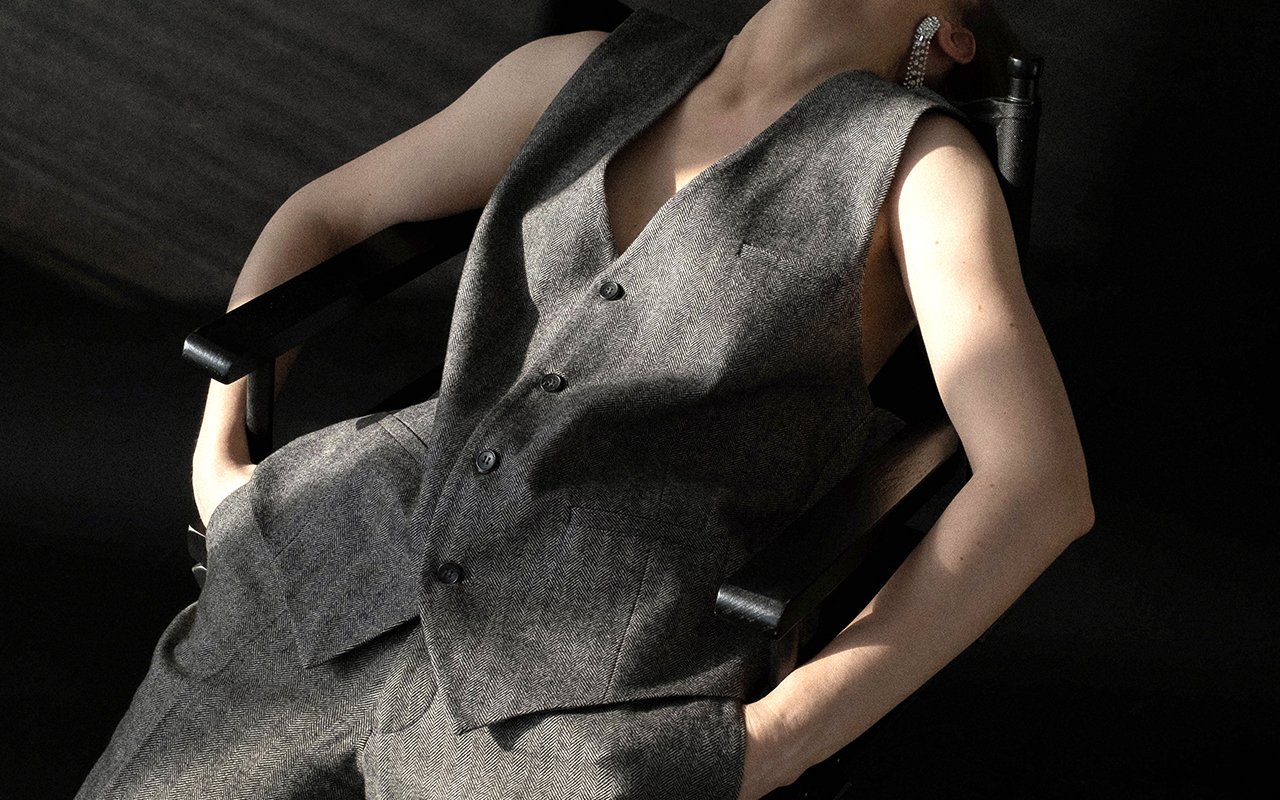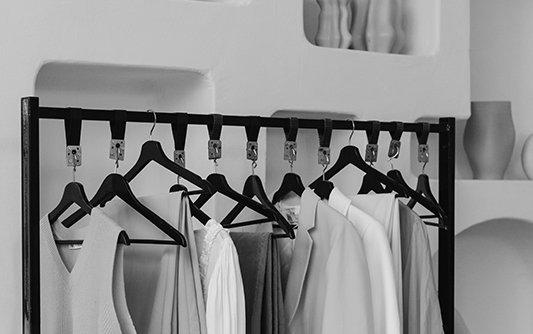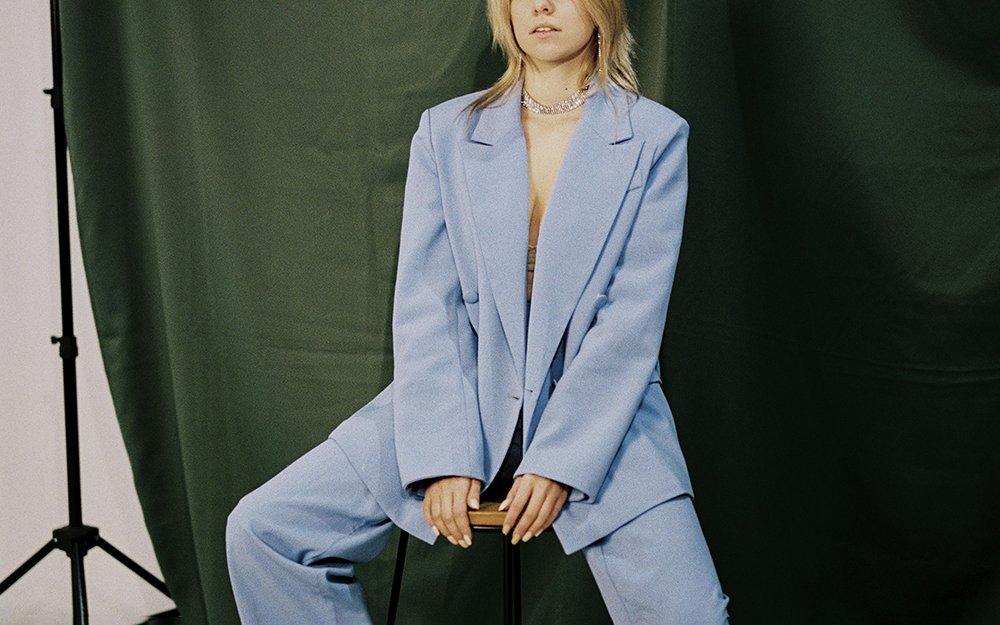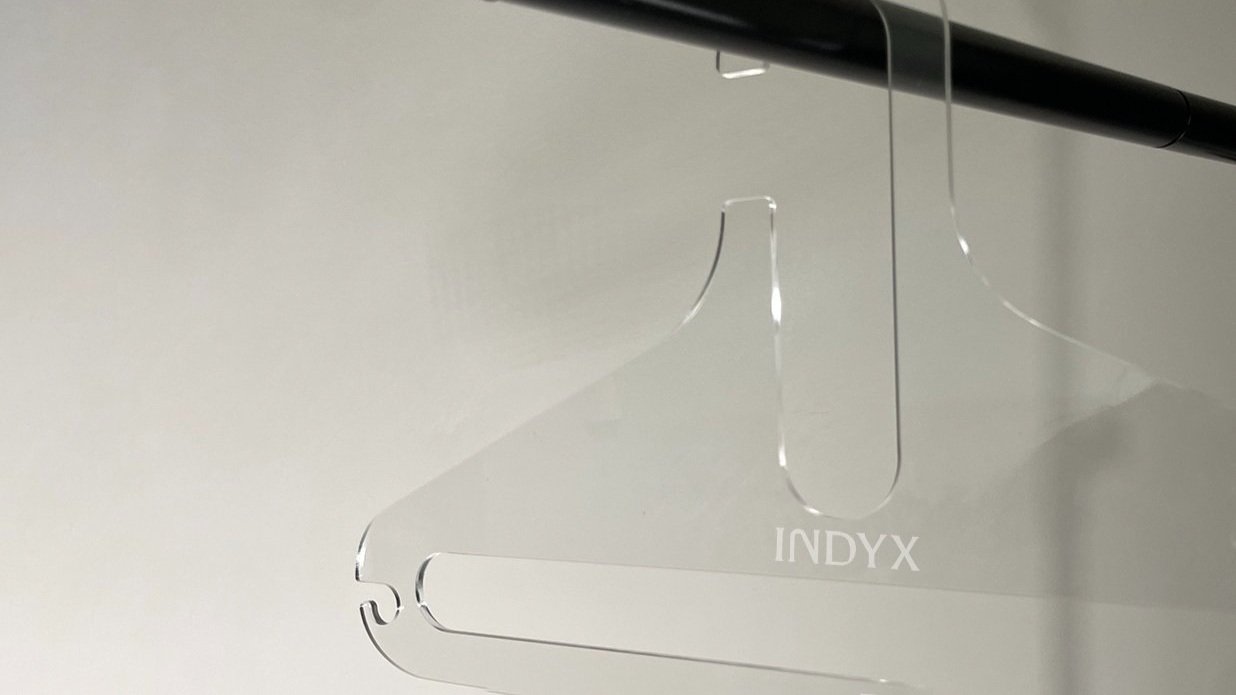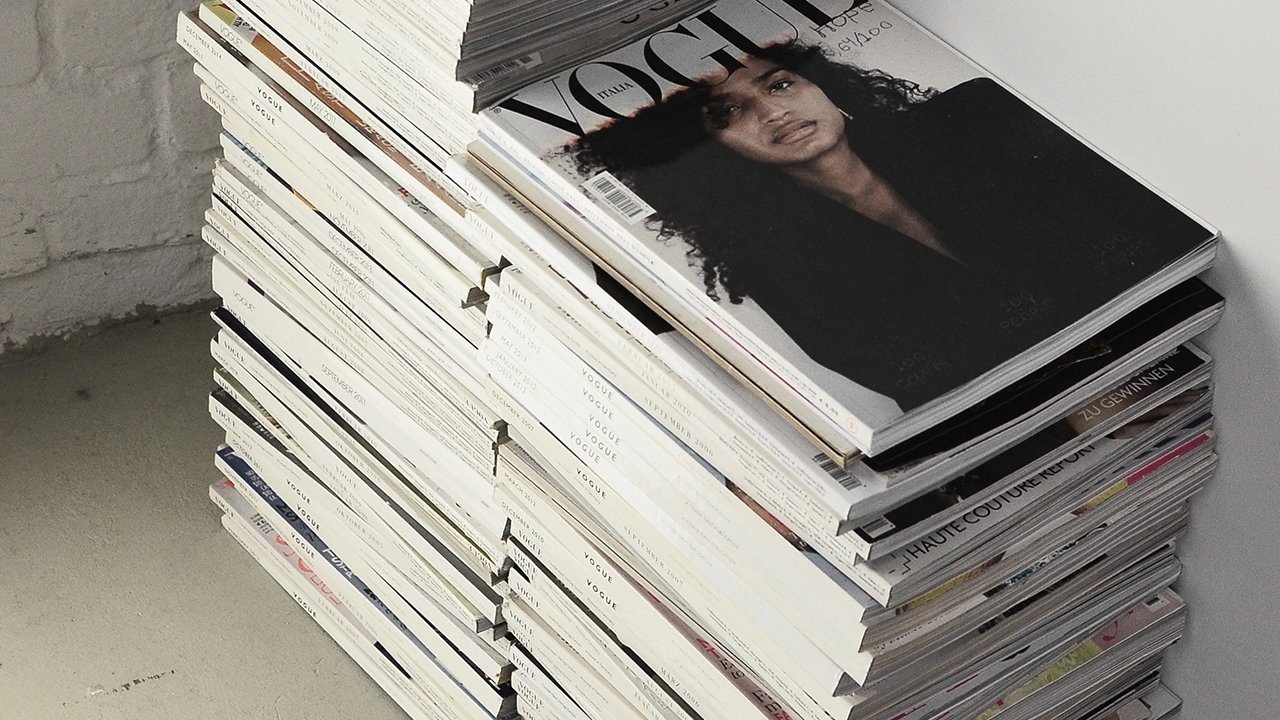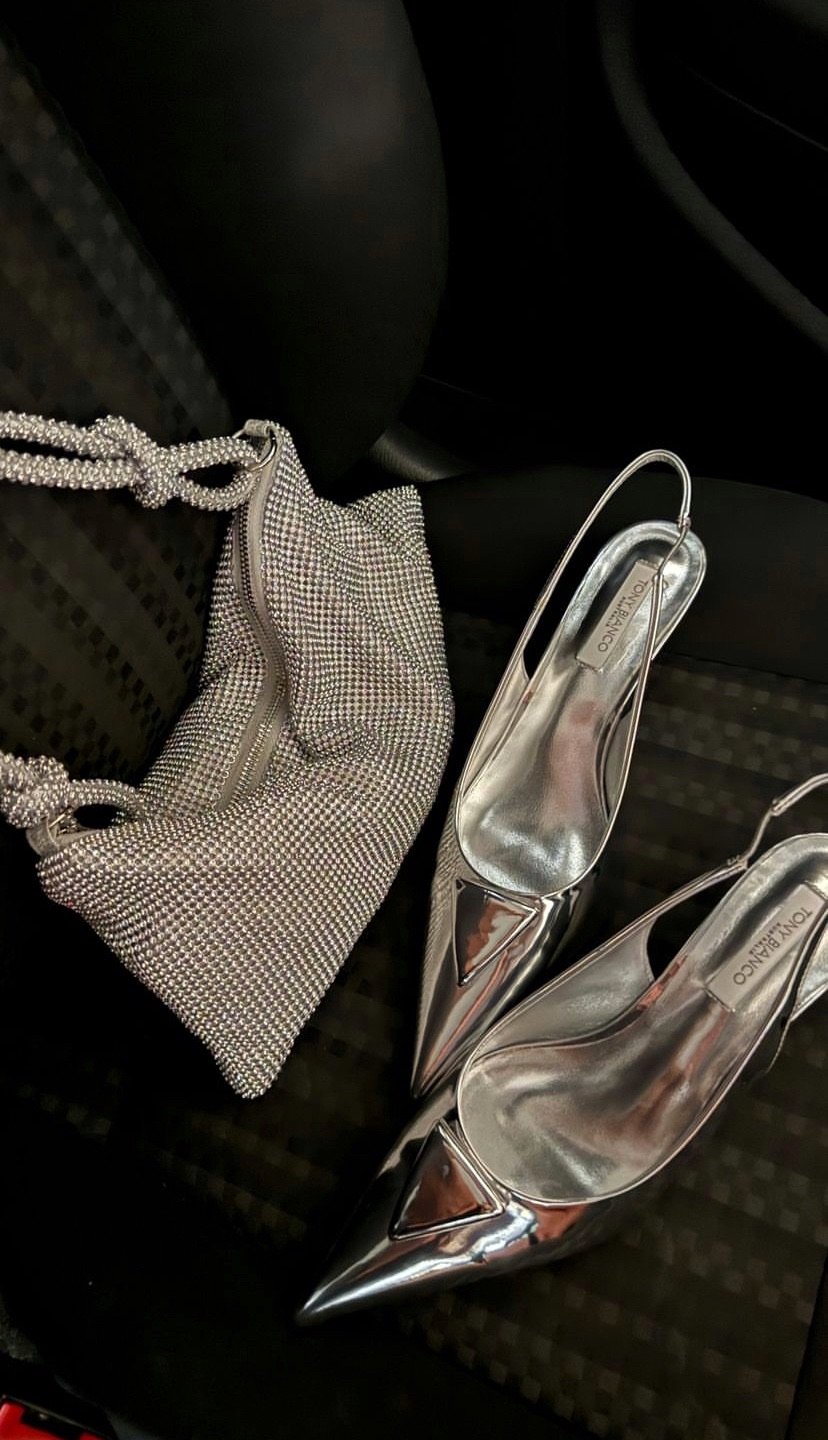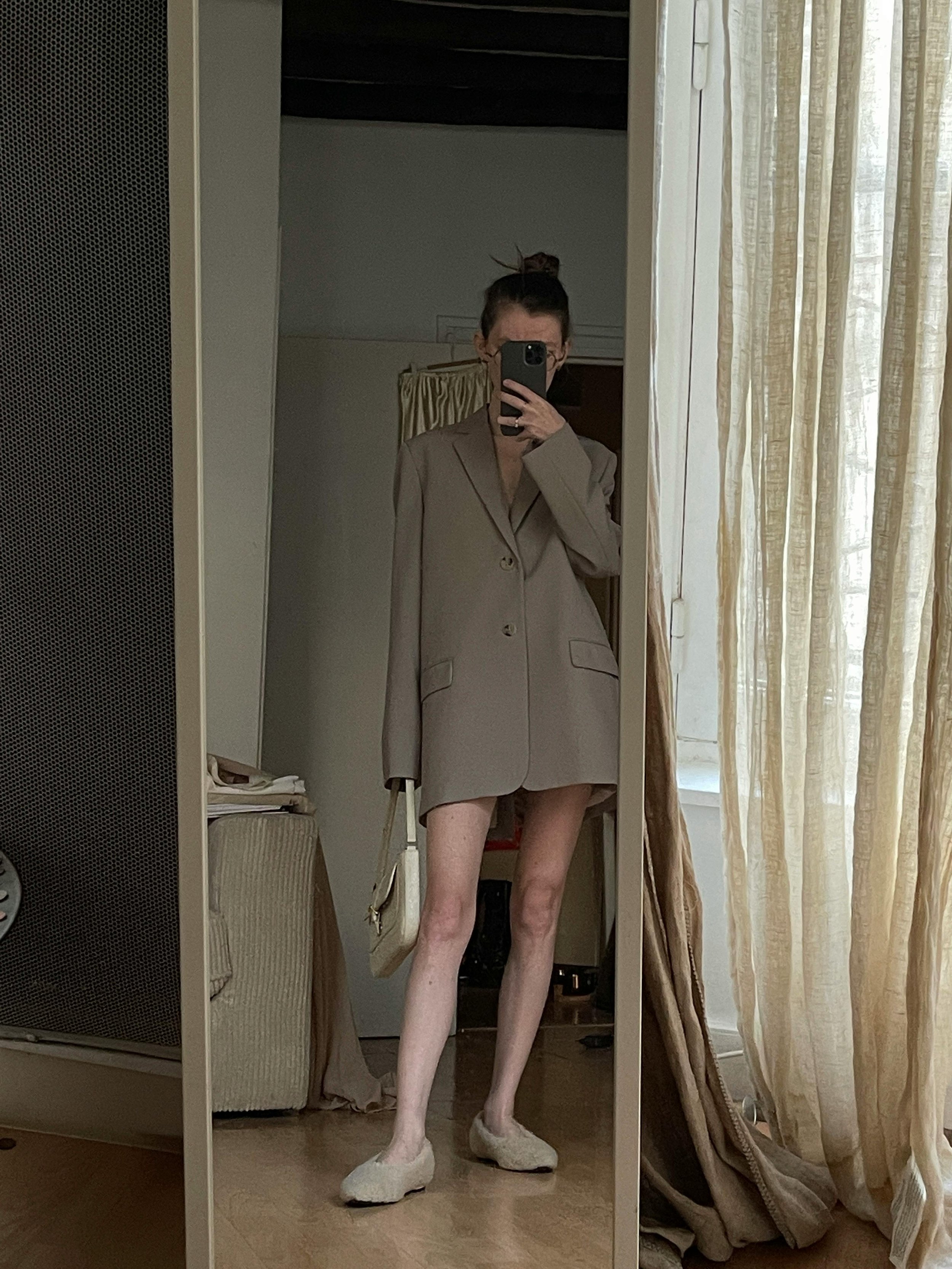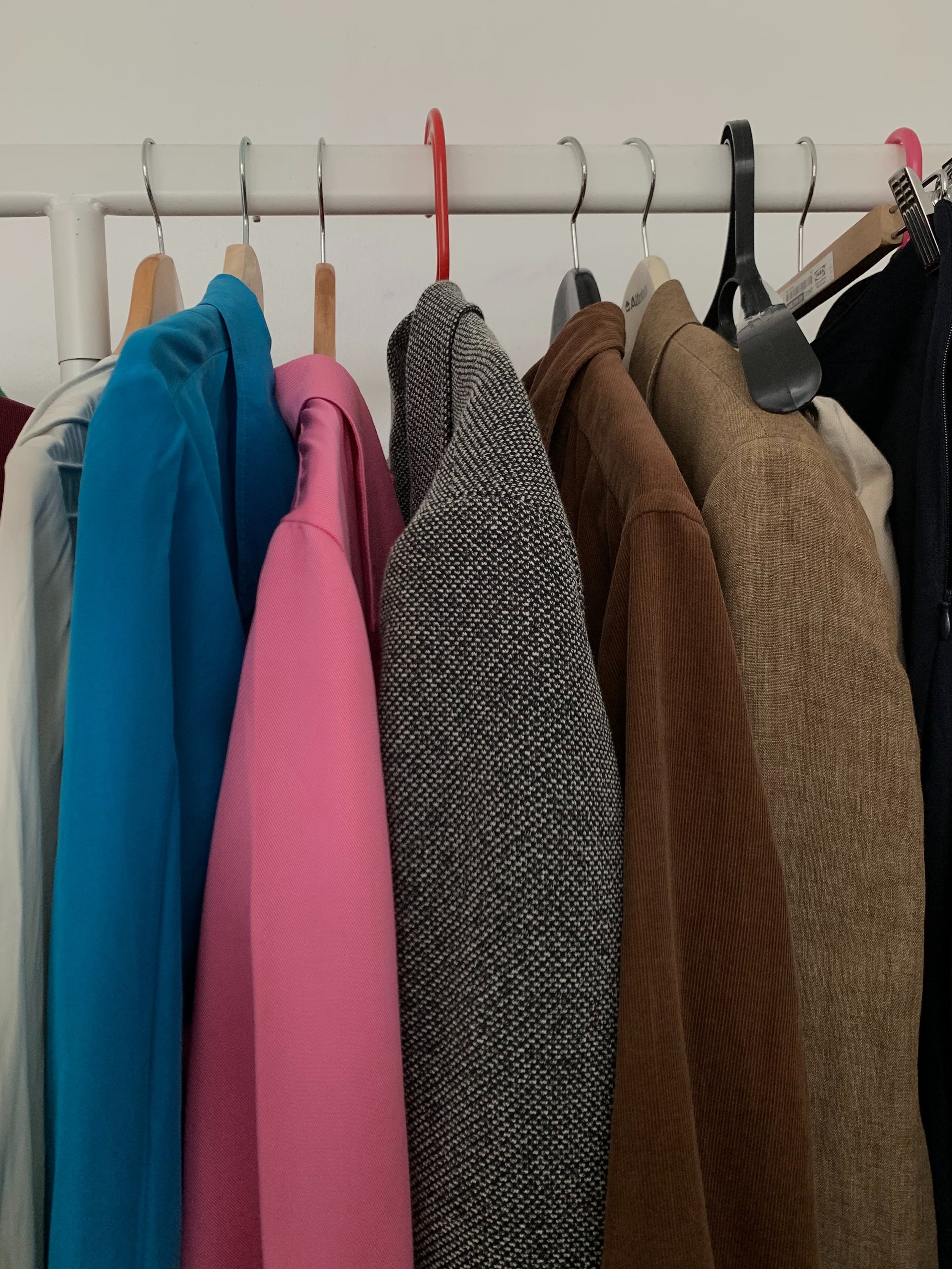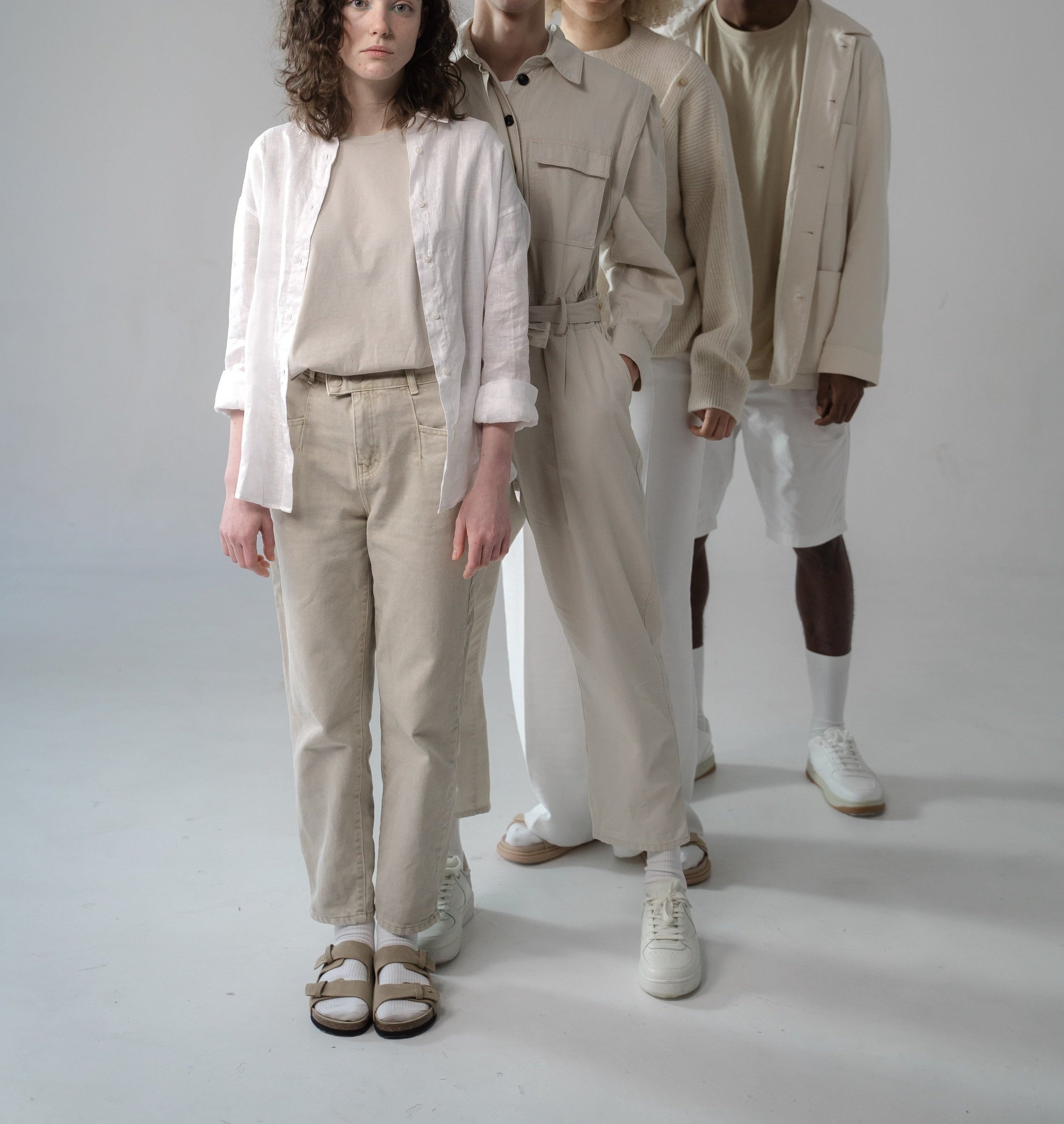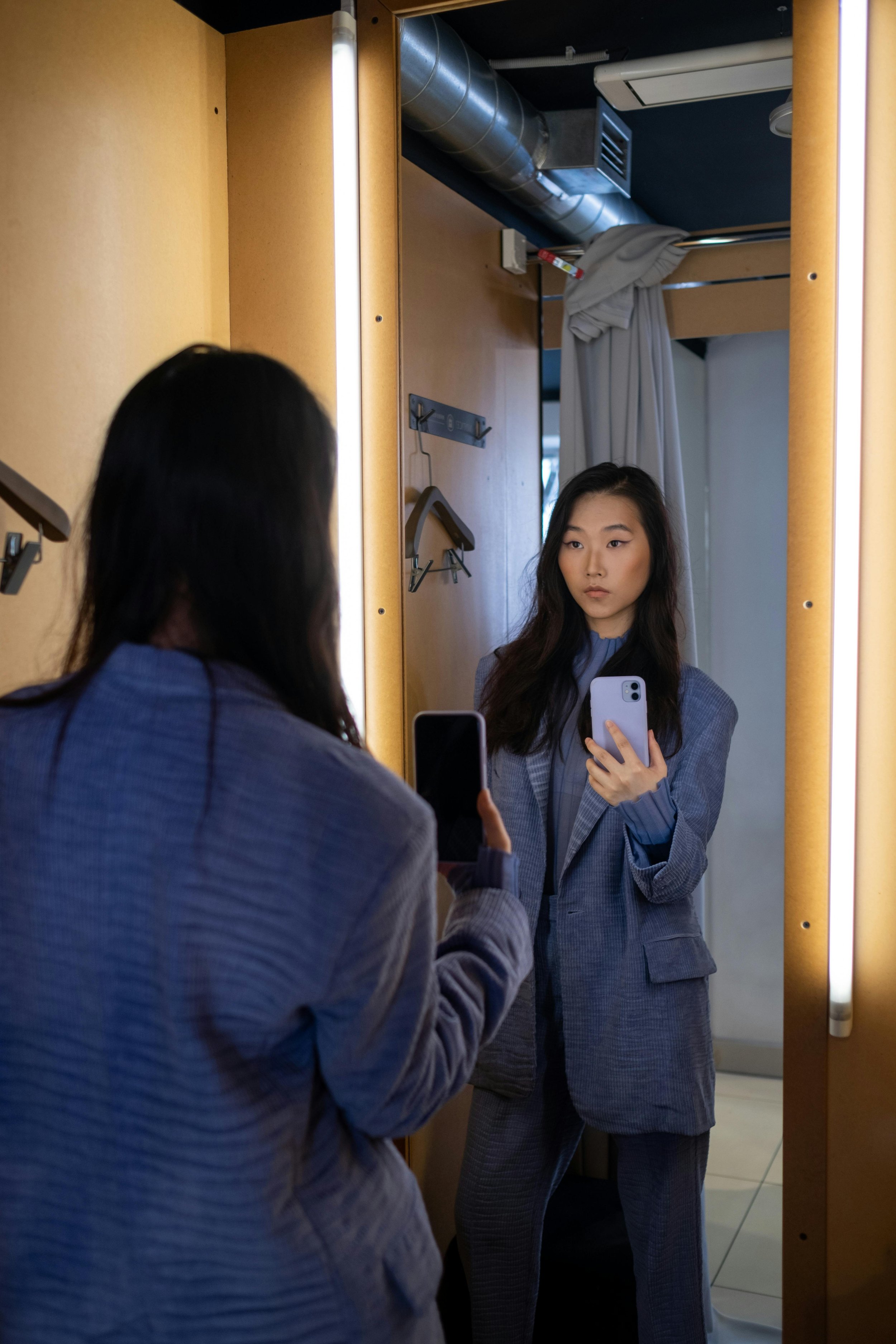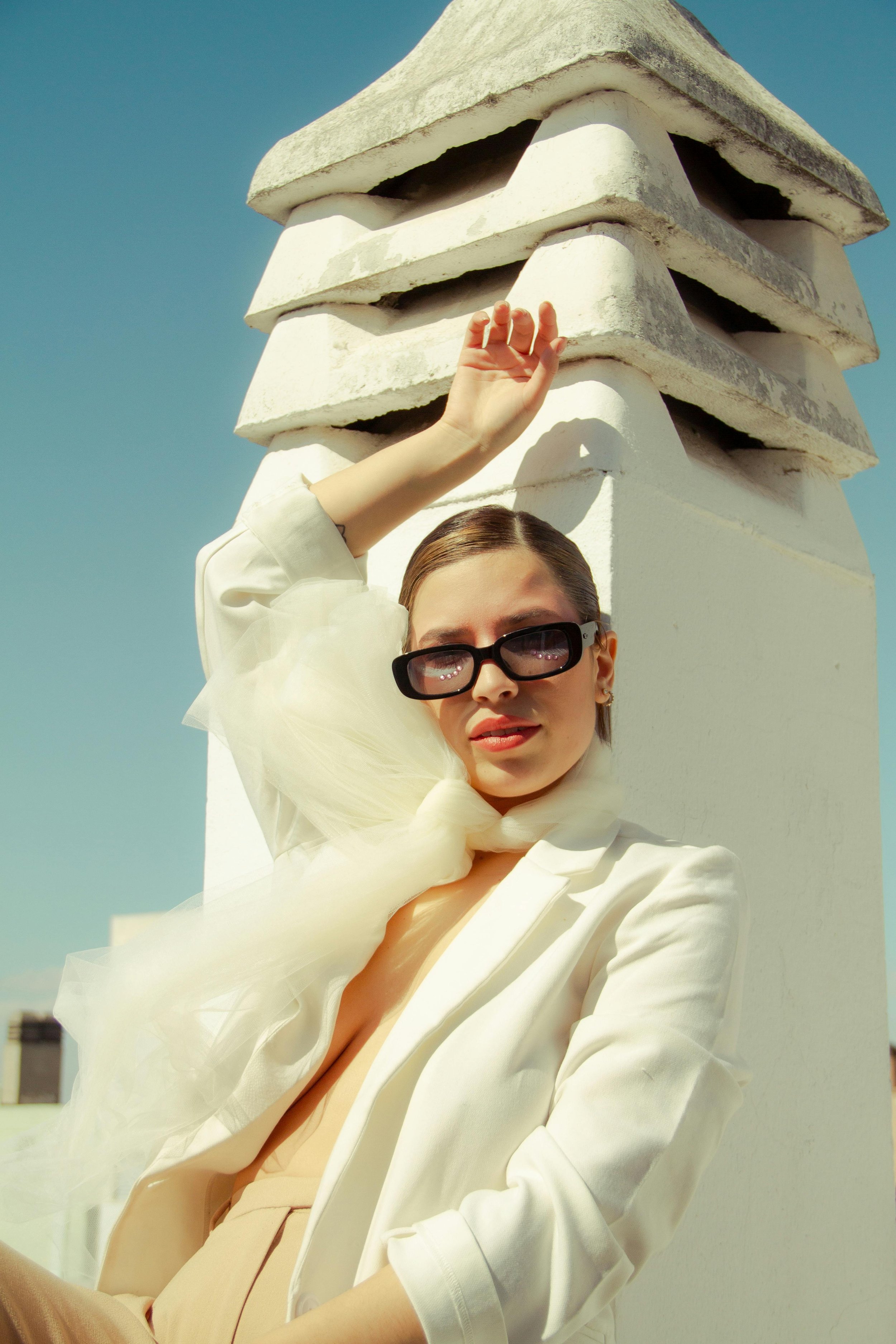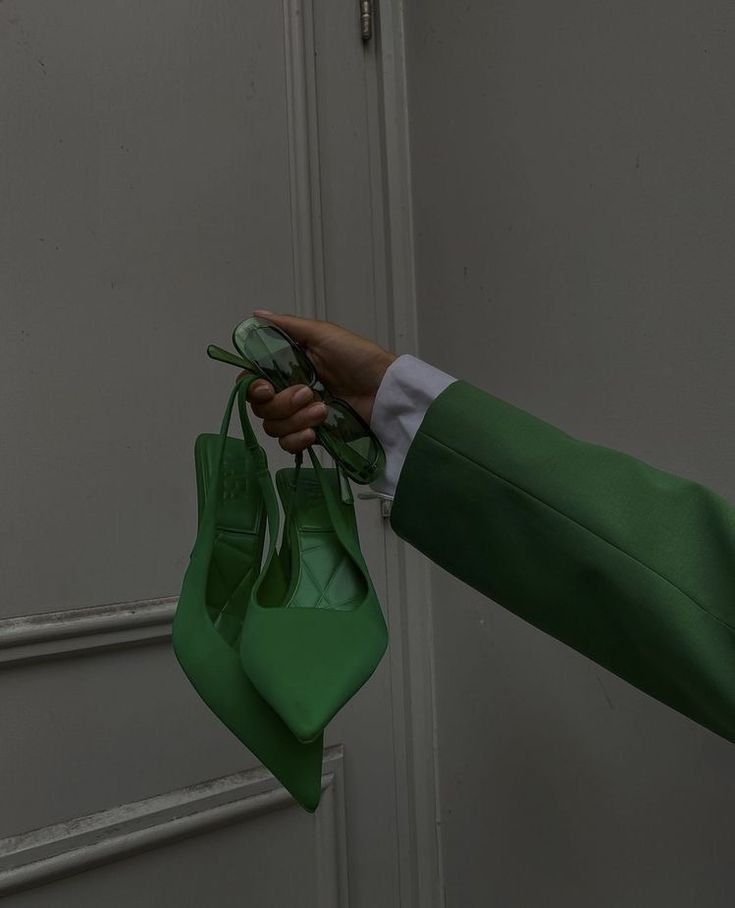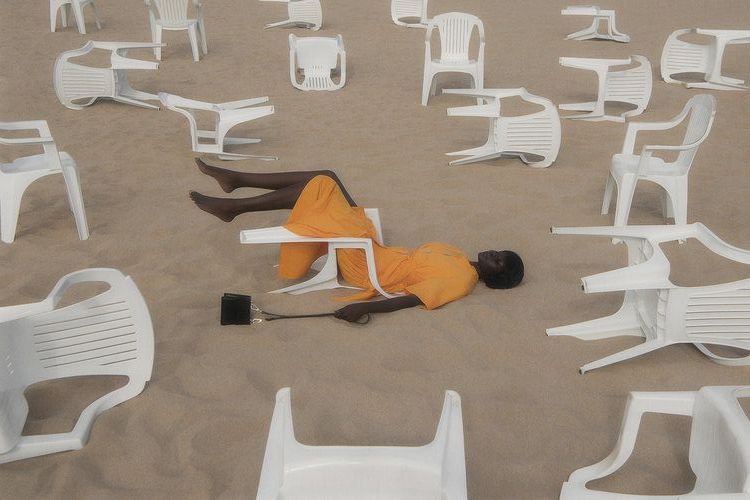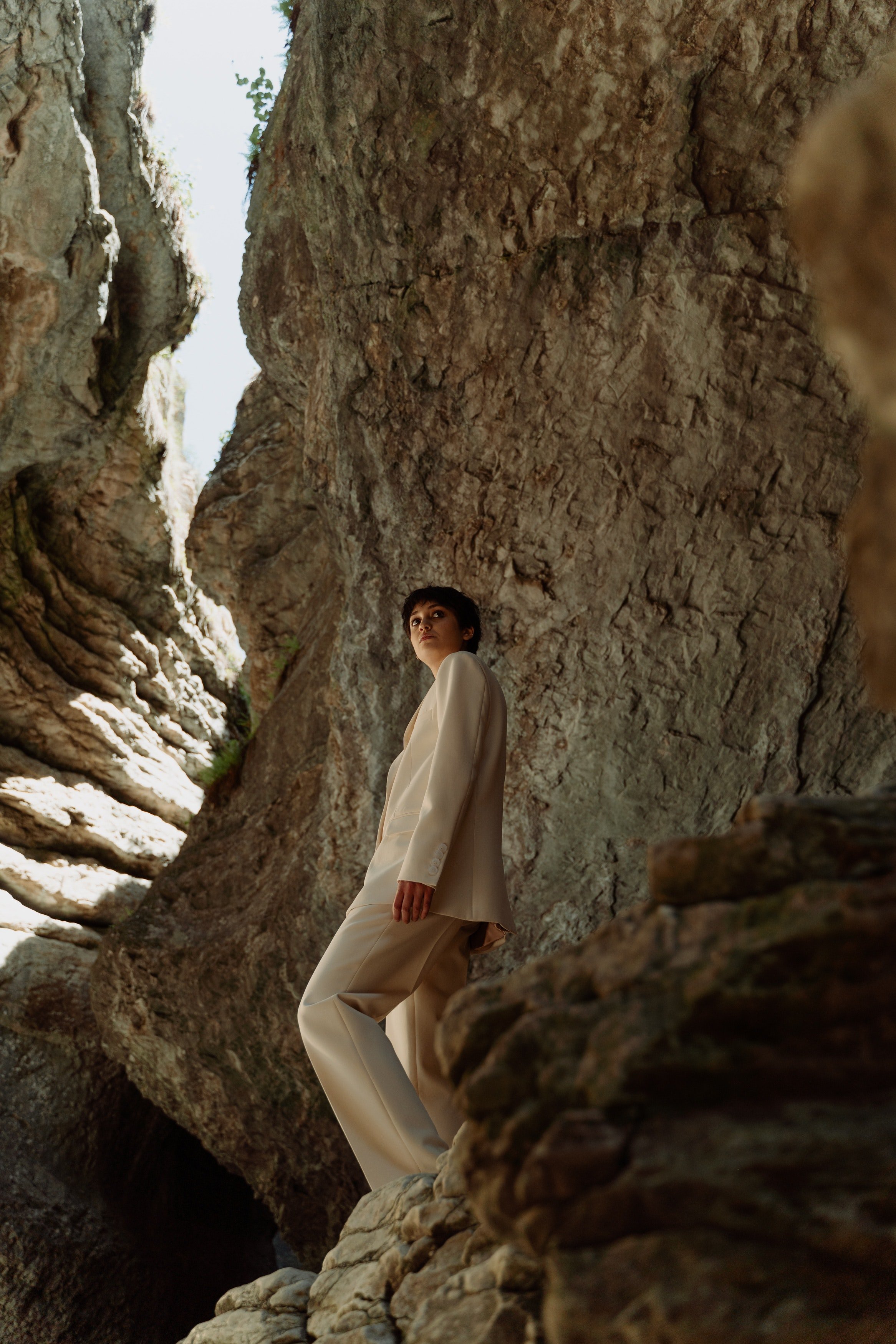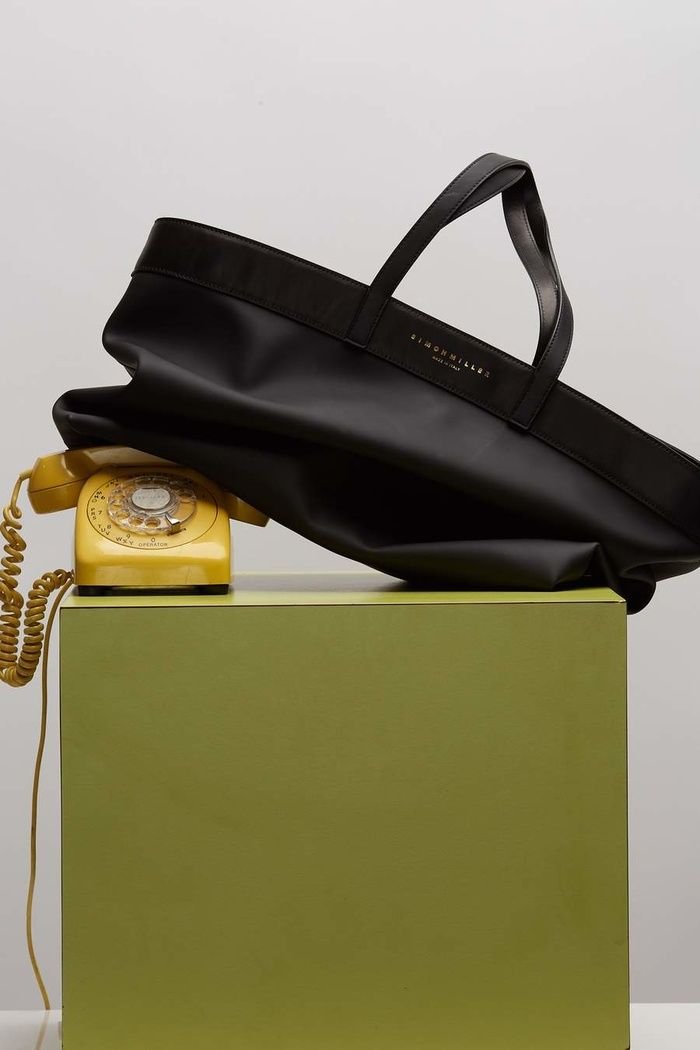Style Workshop Week 1: Getting Started
The New Year is synonymous with resolutions. Come January 1st your best friend is at the gym 5 times a week, your work colleague is spending 20 minutes a day on Duolingo and your mom is only buying organic food.
And while focusing on personal progress is commendable, only 9% of us actually keep our resolutions.
These resolutions promise life changing results with one-size-fits-all all quick fixes, but the truth is that real change - especially when it comes to style - doesn’t happen overnight.
Instant makeovers will leave you with an image that isn’t authentically you. It’s tempting to simply turn yourself over to someone who’ll tell you exactly what to buy and how to wear it. This may work fine if your only goal is to appear “pulled together” by a generic standard.
But personal style is just that: personal. And so ultimately, the work of discovering what you truly like and how you want to present yourself to the world is something that only you can do for yourself. A stylist can guide and advise you through the process, but they can’t do it for you.
No matter when in the year you are embarking on this journey, welcome! This workshop will require your deep engagement, but we also promise that the outcome will be deeply rewarding. You really get out what you put in.
Why is understanding your personal style important?
What do we hope is the outcome of this workshop? In short: we want you to walk away with a clarified understanding of your true personal style and a framework of how to apply it to your ever-evolving wardrobe moving forward.
In today’s world especially, it is so easy to be influenced into an impression of what you *should* be wearing, oftentimes without even realizing it! Consciously or subconsciously you are absorbing what you should be wearing to fit in, to look “pulled together”, to “dress your age” or be “updated”, for example.
First, it is important to realize that many of these messages are coming to you from sources who want you constantly buying new things.
But, this also means that so many of us lose touch with what we *actually* like! We are fooled into thinking that our taste in fashion changes all the time, when our tastes in other areas of our life stay largely consistent or slowly evolve over decades of experience. For example: how much has your favorite color really changed? Your favorite foods or flavors? Your favorite genres of books, movies, or TV shows?
Deep down, your true taste in style has likely stayed largely consistent as well. It’s just a matter of tuning out all the external messages and tuning into those innate instincts about what qualities naturally light you up.
Once you have a grasp on your personal style, lots of other pieces start to fall into place.
You’ll have more clarity on what pieces you should buy without regrets, so you’ll be able to invest with confidence. If everything in your wardrobe slowly starts to align with this style, mixing-and-matching becomes easy and intuitive. You’ll want to wear everything you own and getting dressed in the morning becomes fun and creative rather than anxiety-inducing.
And so, that is what we’re here to do!
How we’ll do it: Our Syllabus
The next eight weeks are divided into three phases.
Phase 1: Define Your Style
In this phase, we will walk through steps designed to help you tune into those innate style instincts, and distill them into a clear visual direction and concise description.
Phase 2: Evaluate Your Wardrobe
Here, we will evaluate your existing wardrobe through the lens of your newly defined style, taking inventory, editing, and getting some reps using old pieces in new ways.
Phase 3: Build Your Roadmap
This phase is all about creating a plan to - over time! - bridge the gap between what you currently own and fully achieving your personal style.
A few other logistics…
Each week, we will share a “lesson” followed by instructions on your “homework”. You’ll be sent these lessons via email, and they are also available all in one place in the app.
Keep in mind that our weekly schedule is only a suggestion of how quickly you can move through these steps, but do not feel discouraged if it takes you more than a week to complete the homework. We all lead different lives with differences in how much time we can commit in a given week, so please be gentle with yourself.
Without further ado: our notes on this week’s task.
The Lesson
We’re going to pack two important things into this first week: one relatively theoretical and one very hands-on. That way everyone’s happy, right!?
First, we want you to set some intentions…and, we realize that this may sound a little woo-woo.
But before embarking on any journey, it is always helpful to get as clear as you can on exactly what you want to achieve. If you don’t know where you want to end up, you’ll end up walking aimlessly, no matter how much guidance anyone gives you.
Additionally, we want to take this moment to actively release any negative preconceived notions or rules of what your style “should be”. All the style baggage you picked up from “the rules” on TLC’s “What Not To Wear” in the 2000s? This is the time to recognize them and finally let them go.
The Homework will guide you through setting these intentions and goals.
Second, it’s time to get started indexing your closet!
If you’ve already got your closet all uploaded onto Indyx, then congratulations to you. You can skip this part.
But if you don’t, humor me the one-minute version of why this is mission-critical.
Let me guess: this probably isn’t the first time you’ve resolved to yourself that you’re going to finally “figure out your style”, is it?
The very fact that you’re here reading this right now tells me that those past attempts haven’t been 100% successful.
Why? Well, most other approaches tend to be pretty untethered from the reality of your past. They start by asking you to collect outside inspiration. They show you everything you could add to your wardrobe, without any context as to what that wardrobe looks like today.
If you want to do this right, you start by re-introducing yourself to your own closet. We’ll dive deeper into the ‘why’ behind all of this in next week’s lesson, but right now I’m asking you to take a small leap of faith. For now, understand that knowing what you have - and, having easy digital reference to it! - is the foundation for everything we’ll do going forward.
I promise the task isn’t as daunting as you think. And hey, you already have time set aside to do something style-related. Why not this? We’ll share tips on how to make it less groan-worthy in this week’s homework.
Oh, speaking of…
The Homework
Setting Intentions
1. Set your intentions
Write down your singular, most pressing goal for completing this course.
Consider why you first clicked on the signup link. Reflect on the most prevalent feeling you get when choosing what to wear, and if you wish it was something different. Think about what you admire about other people’s approach to fashion.
2. Set a commitment
Success is a relative term, and this is your opportunity to set how you will measure it. And yes, completing the full course is a valid and commendable commitment. Committing to not buy anything new until you finish the course is another good one.
3. Release any negative fashion beliefs or “rules”
Consider how your culture, family, and friends approach style and dressing. Analyze how you organize your wardrobe and think of your shopping. What are you telling yourself in the mirror - either consciously or unconsciously - about what you’re wearing, or what you should avoid?
Are these beliefs helping or hurting you? Identifying these mental roadblocks is half the battle to letting them go.
4. Unfollow accounts and unsubscribe from emails
Before we move into following weeks where we’ll curate things that truly, well - inspire us! - it is helpful to clear out images or messages that may be confusing or knock us off course. Declutter your brain and your social media feed, especially from accounts that are overly commercial, trendy, or preach any unhelpful beliefs or ways of thinking that you just identified in the prior step.
(Start) Indexing Your Closet
The name of the game is just get started. We hear all the time that once you just get off your butt and start, the process itself becomes a bit addictive. Our data shows that about half of the folks who start indexing their closet finish it within a week….and, we’re giving you two! Two dedicated weeks in this workshop to get it done.
I also can’t help but mention: if you live in New York City, the San Francisco Bay Area Los Angeles, Chicago, Miami, Dallas, or Austin, then I can offer you a “get out of jail free” card. Book our white-glove service - The Catalog - and get a major jump-start on indexing your closet. Schedule an appointment in the app on the “Style” tab.
If you’ve chosen the DIY route (99% of our users do!), here are a few quick tips.
Always shoot flatlays
Trust us, we’ve tried it all. Items consistently look their best when laid flat on any surface (we use the floor!) and photographed directly from above. The one exception to this rule are shoes, which should be placed standing on a flat surface and photographed straight-on from the side (our preference is for toes to face left).
Position items as they appear on the body
Remember: the end goal is to use these digital items to style outfits that help you visualize how that outfit would look on you. So, it is best to photograph your items on their own - no hangers! - and positioned as best you can to appear how they look when worn.
For example, you wouldn’t go walking around all day with your arms stuck straight out away from your body. You generally keep your arms tucked in next to you. So, do the same when positioning your long-sleeved tops, sweaters, and jackets.
This might also mean tucking, folding, or draping certain items to appear more true-to-life. For example, if you stretch a flare maxi skirt completely flat it will look much wider than it does draped on your body. It’s okay to gently drape the front into ‘pleats’ so that the overall silhouette is more slimmed in, like how it looks when you wear it.
Indirect, natural light is best
Items are most true-to-life when photographed in natural, indirect light. Artificial light can distort some colors and direct sunlight can cast distracting shadows.
That’s why we recommend shooting in the daytime near a large window with your overhead lights turned off. But, if this isn’t possible for you, don’t sweat it! All sorts of lighting configurations can work. Play around with the placement of artificial lighting to minimize any shadows cast on your items.
If you’re interested in diving deeper into indexing tips & tricks, check out our prior blog post on just that topic.
Our top tips on how to create a beautiful digital wardrobe
Okay fine, this advice helps my photos look good, but how do I accomplish this without spending a million years doing it?
Use online product photos
Most online retailers now include professional flatlay images as part of their product listings. If you are able to find these (it’s especially helpful for recently purchased items) then this can be a great shortcut. Use it!
Simply screenshot or save the image to your camera roll and upload them to Indyx.
If a flatlay isn’t available, we recommend against using on-model images. It just (IMO) makes your digital wardrobe look a bit messy. A consistent, visually appealing digital closet makes it almost feel like your own digital “store” which tricks our monkey brains into actually wanting to use it more. That’s why in this case, we think it’s better to flatlay yourself. But you do you.
Go category-by-category
It can be easier to get into a groove and move faster by photographing all of the same type of item at once - e.g., all shoes, all tops, all jeans, etc. This also makes it easier to break up the process into a few sessions by accomplishing one category at a time.
Take photos in bulk
This is up to personal preference, but some people find it easier to take all their photos at once with their normal phone camera app, and then upload them to Indyx as a separate step later. This way, you can get all the physical work out of the way as quickly as possible, and sit back on the couch with a glass of wine while you upload.
Move past your “maybe’s”
It’s common to get “stuck” on items that you’re not sure you want to keep in your closet long-term.
Our first thought is: if you’re hesitating on whether it’s worth the two minutes you’d spend digitally indexing it, then that’s a pretty solid sign that it doesn’t deserve a spot in your real closet, either. Go ahead and put it in your purge pile.
But if you’re not willing to take that step yet, just put it aside into a “maybe” pile! We’ll come back to it later in the Workshop when we talk about closet editing.
Either way, just keep moving without getting too bogged down in the emotions of “keep or purge” right now.
Until next week…
The Indyx Team’s Homework
Examples always help! Below is this week’s homework as completed by the Indyx Team.
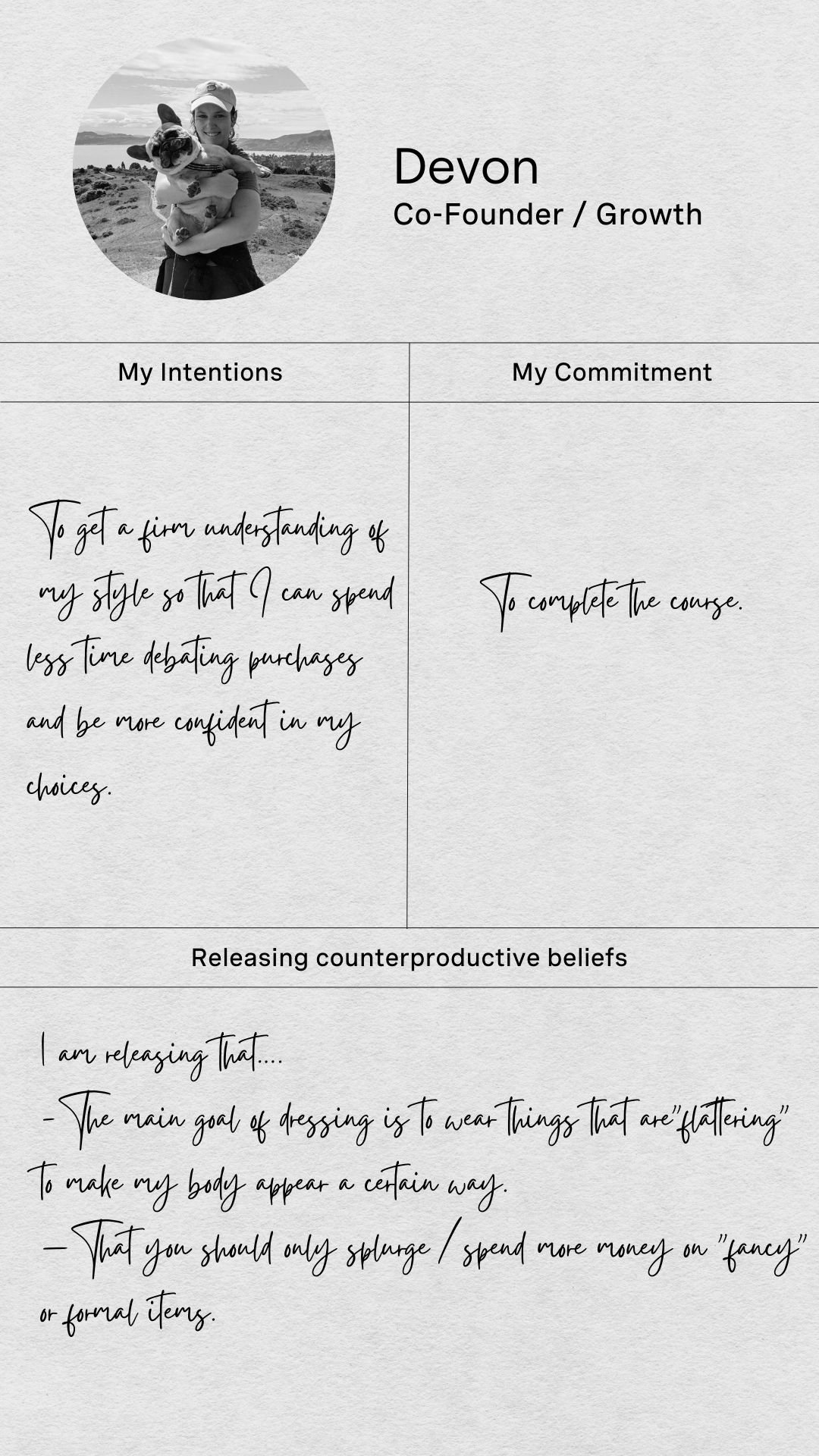
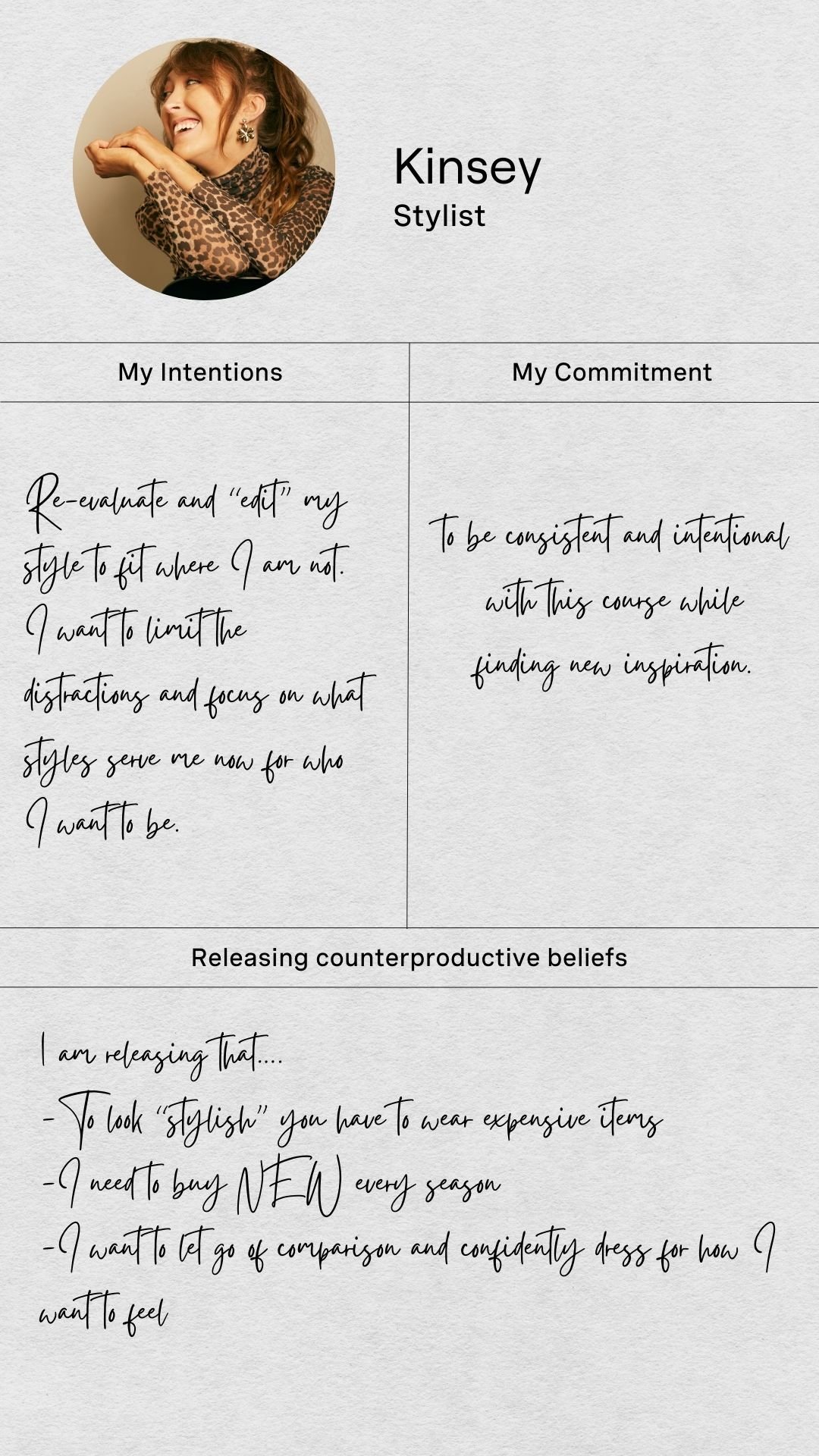
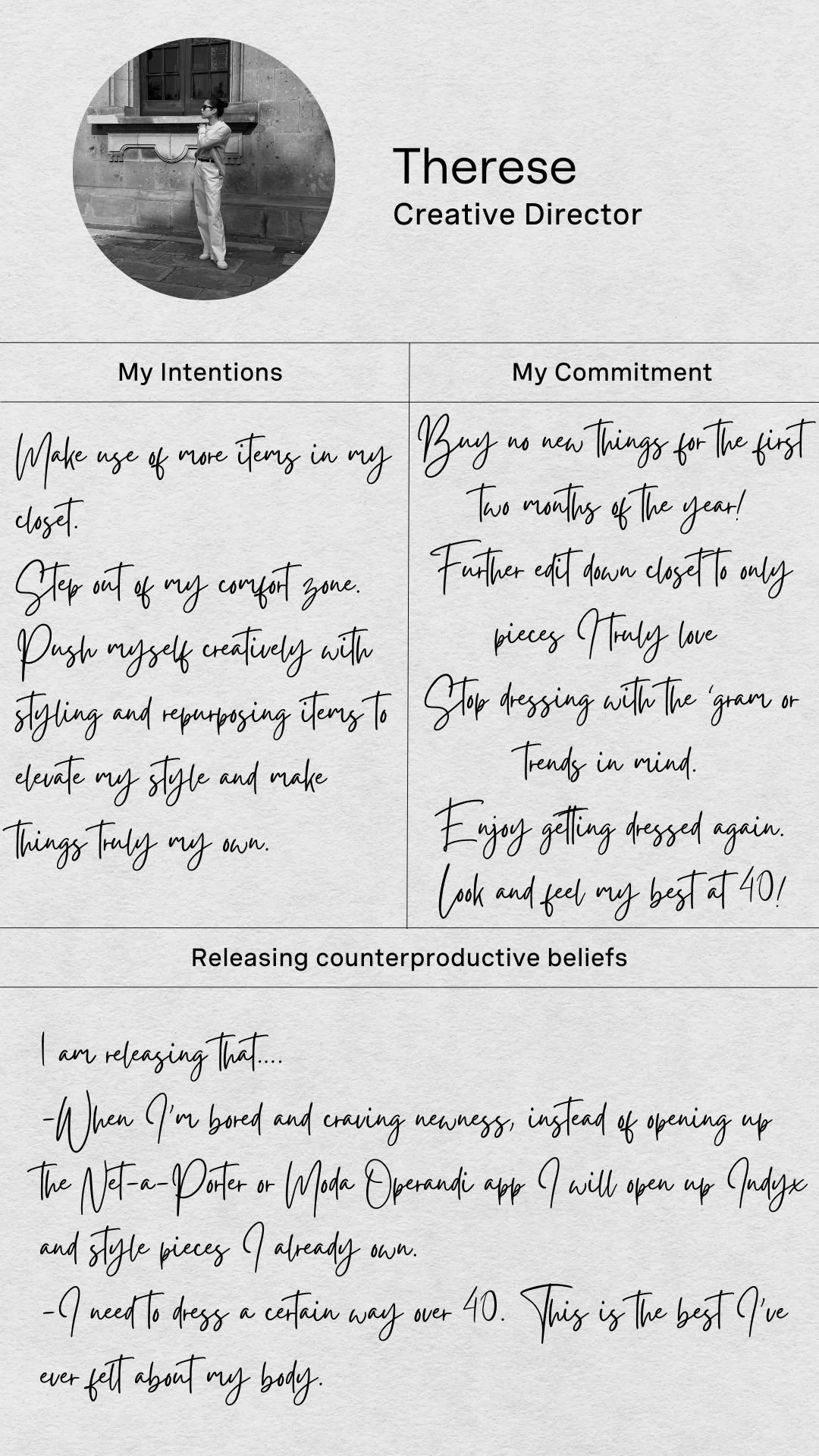
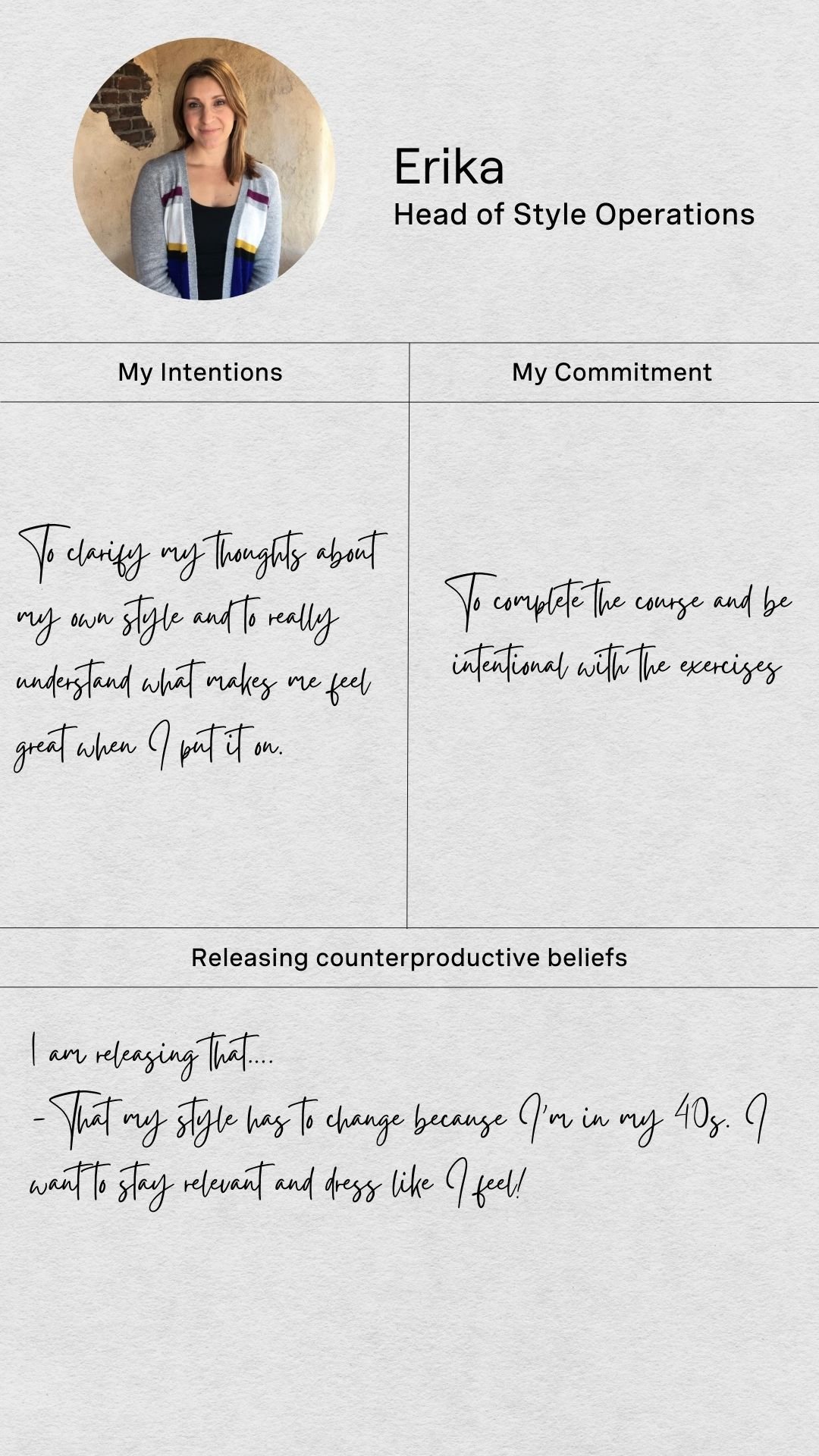
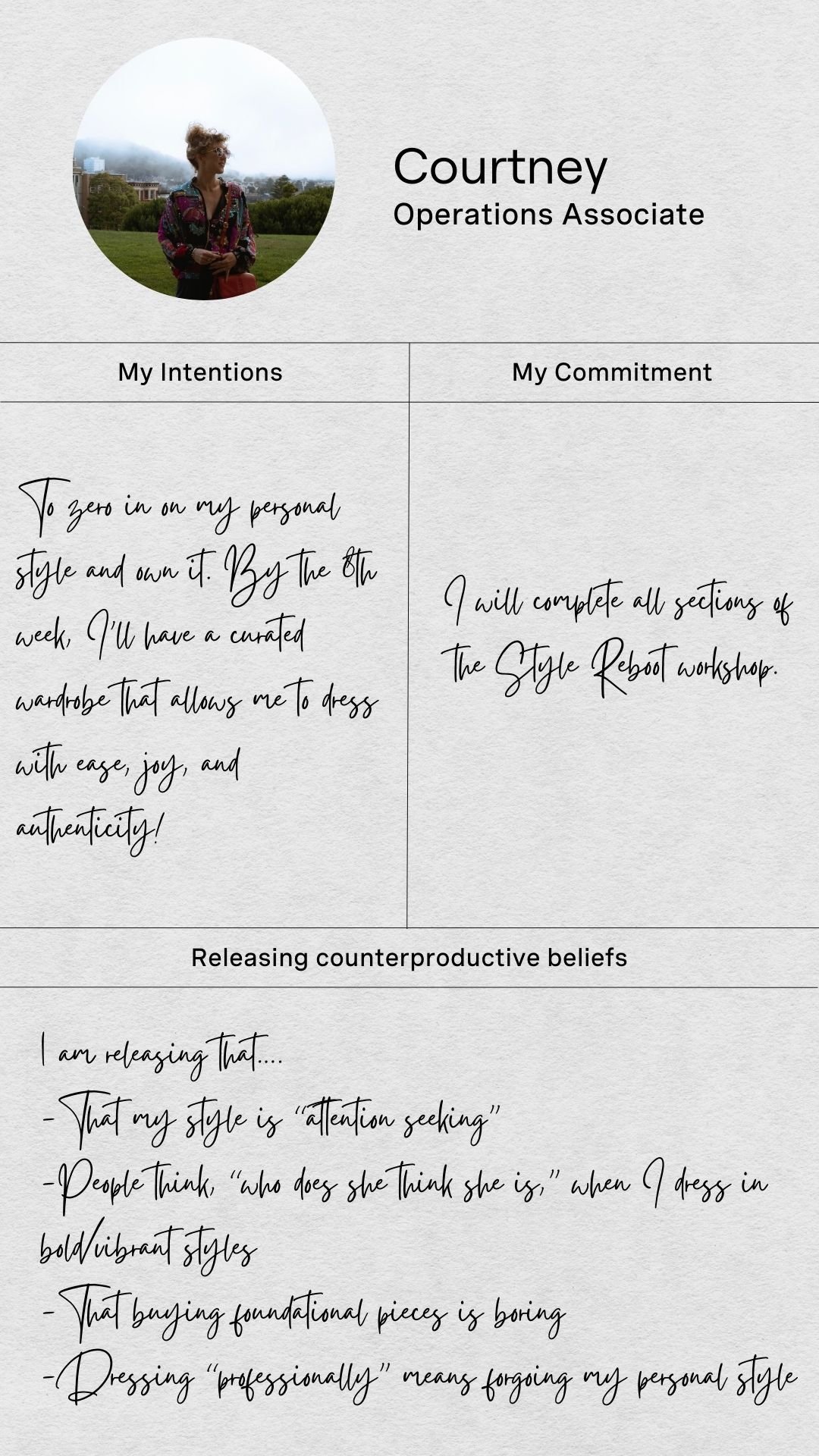

Until next week…
Found yourself here without being signed up for the Style Workshop?
Obviously, we’re giving away this awesome content for free.
But, sign up for this experience in our app and you’ll get this 9-week course conveniently emailed to you at our recommended cadence to help keep you accountable.





